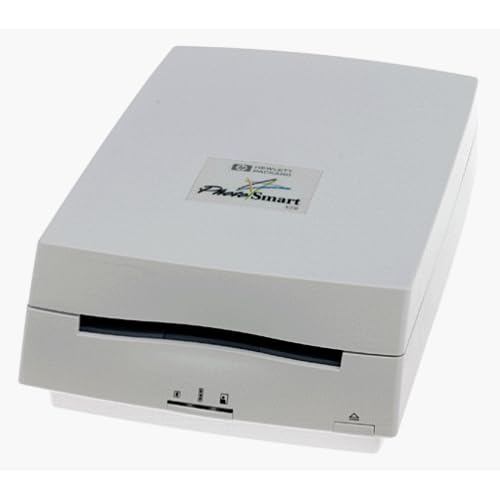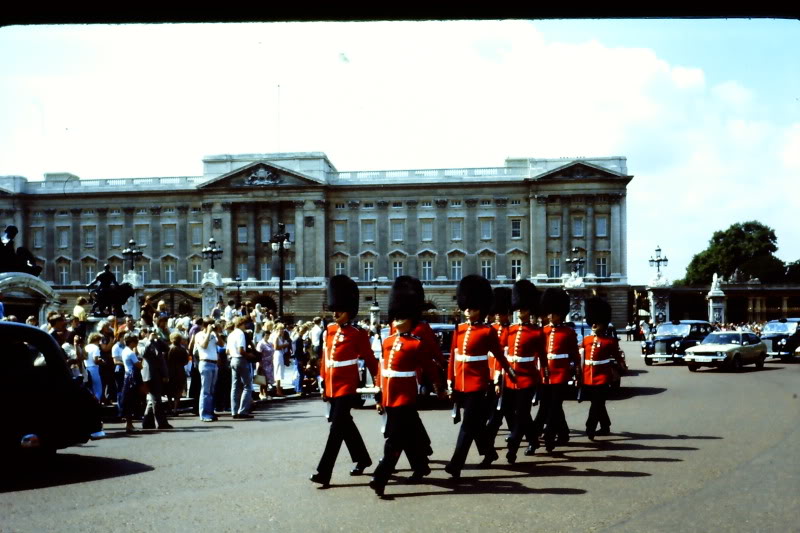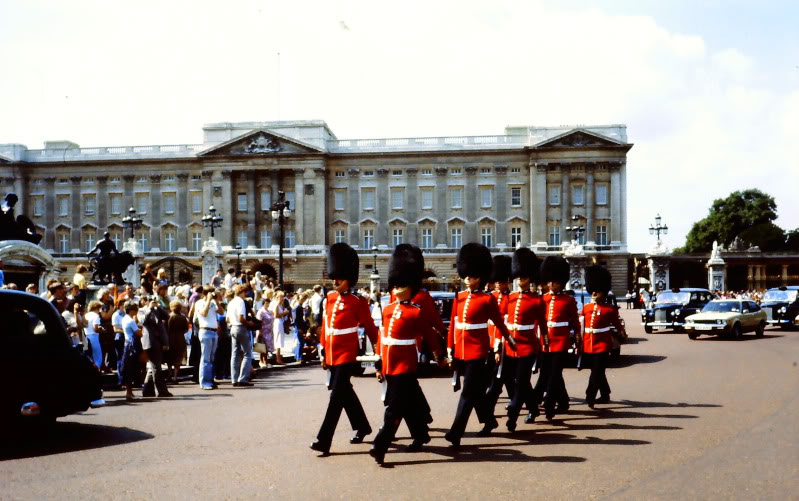REWahoo
Give me a museum and I'll fill it. (Picasso) Give
Wahoo,
Let us know how the Wolverine works out.
Will do. UPS says it will be here Monday.
Wahoo,
Let us know how the Wolverine works out.
I bought a flat-bed scanner, an Epson V200, which came with a frame for mounting 35mm negatives for scanning. I do not have any slides, just color negatives from pre-historic days.
The scanned images were terrible, as seen on the PC screen. I wonder if there is something wrong with the scanner, or if that is all it can deliver.
Does anyone have this model? Or any other model? Please share your experience with scanning 35mm color negative film. Thanks.
PS. This scanner does a fine job of scanning the usual printed paper or photo color prints.

Thanks, FD. I will look into that.
Just now, I saw posts by Walkinwood and RonBoyd about an after-market software add-on to do color correction for negatives. Could that be what I need?
I've never had much luck with scanning slides and negatives on a flat bed scanner. It wasn't just the color, the overall quality of the scan seemed poor.
Yes, that too. There might be some mechanical or optical reasons that limit the performance of a flat-bed scanner with color negatives, necessitating the use of a dedicated machine for the job.
I will wait for more posts to see if any has had better luck with another flat-bed scanner to use on 35mm negatives.
Thanks again.
I purchased a Microtek i900 primarily because it was the only scanner, at the time, that didn't have a sheet of glass between the lens and the positive/negative.
My system works pretty well, with very little organizing effort. Each year has its own folder. There are subfolders such as family, scenery, miscellaneous, music, surfing, biking, etc. I try hard to name the files so that they will be easy to find later.
I can usually find a photo without too much trouble. If I can't find it with a general filename search, I can guess at the date and the folder.
I also keep the original un-photoshopped version every photo taken. When a photo card fills up (say 250 pictures), I burn it to a DVD labeled with the date before deleting the photos.
Will do. UPS says it will be here Monday.


Note the lack of detail and contrast. I'm assuming that is due to the fact I am working from a slide (positive) rather than a negative and the relatively low 1,800 DPI capability of the scanner.
Nothing between the image and the lens but air, so it has to be one of the other factors.(It may also be that pesky sheet of glass between the image and the scanner lens...
